
It can be incredibly challenging to exercise while experiencing any for of pain, or illness. However, it is immensely important to never underestimate the need to keep moving. Muscles are often referred to as the most neglected organ. We don’t often think of it as such, but it plays many important roles in our day-to-day lives. One example that may not be that obvious, is that muscle controls not only the way in which hormones are released into our bodies, but how they are regulated. The more muscle we have, the more equipped we are to control these hormones.
Mitochondria are our energy factories within our cells, and our muscles are chock-full of them. Think about that for a second: the more muscles we have, the more mitochrondria, and therefore the more energy we have. Fatigue is an immensely common symptom of anyone experiencing chronic pain, or illness – but if we make more energy, we can combat that. This is one of the many reasons that Fitness is one of the 5 elements of the Hache Protocol. It is however, the “forgotten element”, it gets the least attention because out of the changes we ask of you it requires the most effort.
Beyond giving you energy, muscles can also perform an anti-inflammatory role. You see, muscle contractions release chemical messengers called cytokines. One of these cytokines switches off inflammation. We know from all of our inflammation focus in the previous months just how important it can be to combat inflammation – after all Inflammation is the hidden source of chronic pain.
So yes, movement is important for your health. But HOW do you even begin? People in pain, or suffering from illness or disease can’t just jump into a hard workout, you need to ease into the process. What follows is three step process to bring you from ZERO exercise, to a moderate healthy workout that not only keeps muscle fit and healthy, but also continues to build it.
Walking
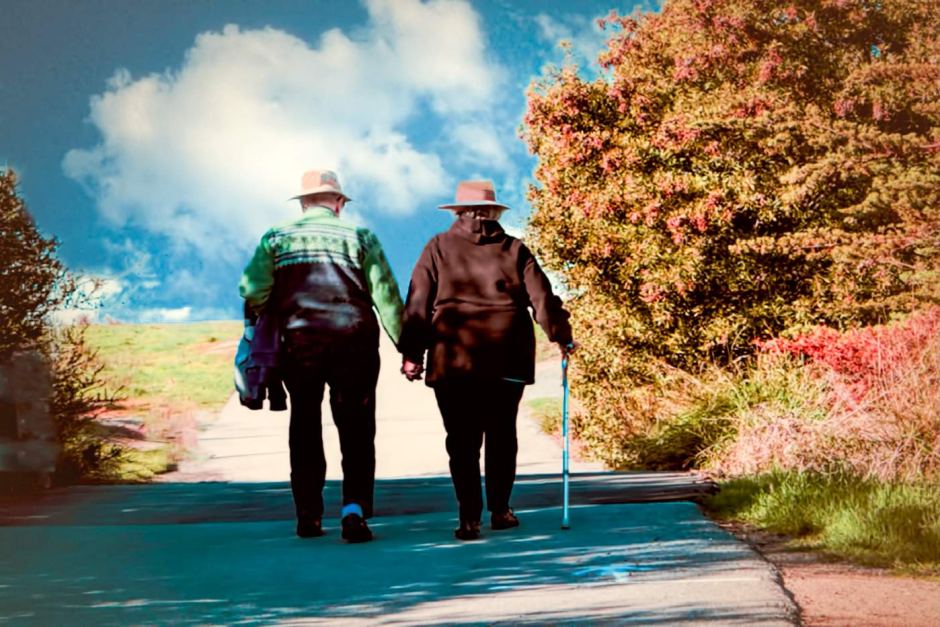
It can seem like a cop-out to say that walking is effective exercise, but at its foundation movement of any kind is incredibly important. 10,000 steps a day is a GREAT goal to start. Now… you can’t out-walk your dietary choices. If you’re eating a high-sugar diet you simply can’t negate it through walking alone, but if you are watching what you eat, 10,000 steps a day can keep your body running like a well-oiled machine.
The benefits of walking are:
- increased cardiovascular and pulmonary (heart and lung) fitness
- reduced risk of heart disease and stroke
- improved management of conditions such as hypertension (high blood pressure), high cholesterol, joint and muscular pain or stiffness, and diabetes
- stronger bones and improved balance
- increased muscle strength and endurance
- reduced body fat.
Who can argue with those benefits for just a bit of walking?
It’s hard to keep track in your head, but a Fitbit, or a step-counter on your phone can keep track for you. It’s estimated that about 10 minutes on your feet equates to an average of 1,000 steps, so if you’re active at all during the day, chances are 10,000 steps isn’t too far off what you already do.
If walking is in general uncomfortable for you, we need to work up to it. Set a small goal of 1,000 steps, gradually increase it by 200 steps per day, or whatever feels comfortable. However, it’s important to increase the limit. Doing the same thing every day is not enough exercise to increase our strength.
Our muscles will only grow if we push them to grow.
Stretching
Once you’ve got walking started, the next step will be to be sure to stretch. Stretching not only prevents further injury, but it has a slew of health benefits itself. If you go for a daily walk of a few thousand steps or more, stretching afterwards is recommended.
The benefits of stretching are:
- Increases Flexibility
- Increases Range of Motion
- Improves your performance in physical activities
- Increases Blood Flow to the muscles
- Improves your posture
- Helps to heal and prevent back pain
- Is great for stress relief
- Helps to decrease tension headaches
3 Easy Daily Stretches:
The Doorway Stretch
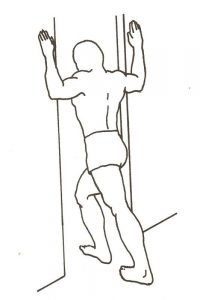
- Stand in the middle of an open door.
- Place your forearms on each side of the doorframe, if possible. If the doorway is too wide, do one arm at a time.
- Gently lean forward into the doorway until you feel a stretch through the front of the chest and shoulders.
- Only go as far as comfortable. Hold position for 30 seconds.
Back Twist
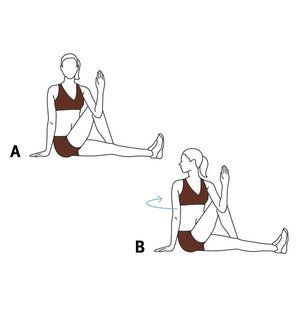
- Sit on the floor, legs crossed with your left leg on top.
- Cross your left leg further over your right leg, placing your foot on the ground by your right knee so that your left knee is pointing upward.
- Gently twist your shoulders toward the left, pushing against your left leg for leverage.
- Only go as far as comfortable. Hold position for 30 seconds.
- Switch legs and repeat on the other side
Full-Body Stretch
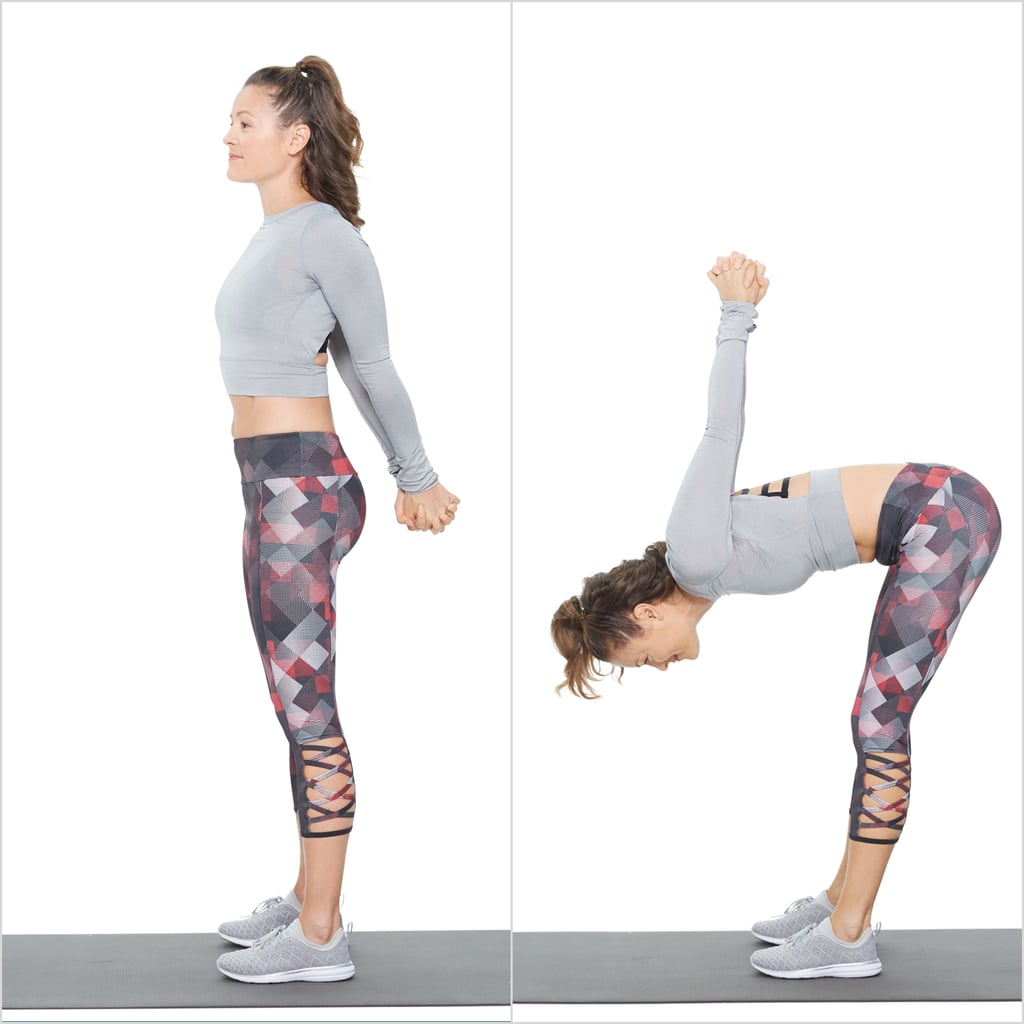
- Stand with your feet hip-width apart, toes pointing forward.
- Reach your hands behind you to meet behind your glutes. Interlace your fingers, if possible.
- Keeping a flat back, bend at the waist, shifting your hips backward and weight in your heels until you feel a stretch down the back of your legs.
- As you bend forward, let gravity pull your arms above your head, keeping your arms straight. Only go as far as your shoulder flexibility will allow. Hold this position for 30 seconds.
Doing these three stretches when you get the chance, but at least once a day, will continue to improve flexibility, and prevent damage being done by exercise.
Please be wary of injuries. If you have an injury that may be aggravated by any of these stretches, consult with your physician (or book an appointment with us) to see whether these stretches will work for you. They may be able to suggest alternative stretches that can work around your injury as well!
Exercise Routine
Beyond walking and stretching, Strength Training is the key to keeping our muscles as strong as they can be. It doesn’t have to be all weights and hitting the gym though. Quite to the contrary a 10-minute quick workout done in your own home twice a week can make all the difference. Work on the lower end of the goal spectrum (5 of each), and gradually work your way up. Eventually you could be doing this daily in no time at all.
- Five to twenty basic squats: Keep your feet flat on the ground, and your back upright. Aim to go as low as possible to the ground. To begin, hold onto something for support if necessary. A counter, or dining room table can be helpful.
- Five to twenty push-ups: Place your hands shoulder width apart and lower your chest down between them before pushing up again. Start against a wall for comfort, and work your way up to doing them on the floor.
- Five to Twenty Lunges: Put one leg forwards and bend it at the knee. Keep your torso upright and hold onto a counter or table for support if needed. Make sure to repeat with the other leg.
- Five to Twenty Calf Raises: Hold onto a door or worktop to begin. Stand straight, move to your tiptoes as high as you can and go back to the ground.
Starting with these exercises will build the strength you need to eventually move on to more intense workouts, but even if you do nothing more than this you’ll be well on the way to maintaining muscle mass, keeping yourself fit, and relieving your pain.
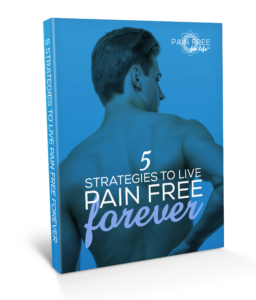
5 Strategies to Live Pain Free Forever
Remember – no matter how we cut it ONE element alone is not enough to resolve your pain. To learn more about the other elements of the Hache Protocol for Pain Resolution, check out our FREE special report.





